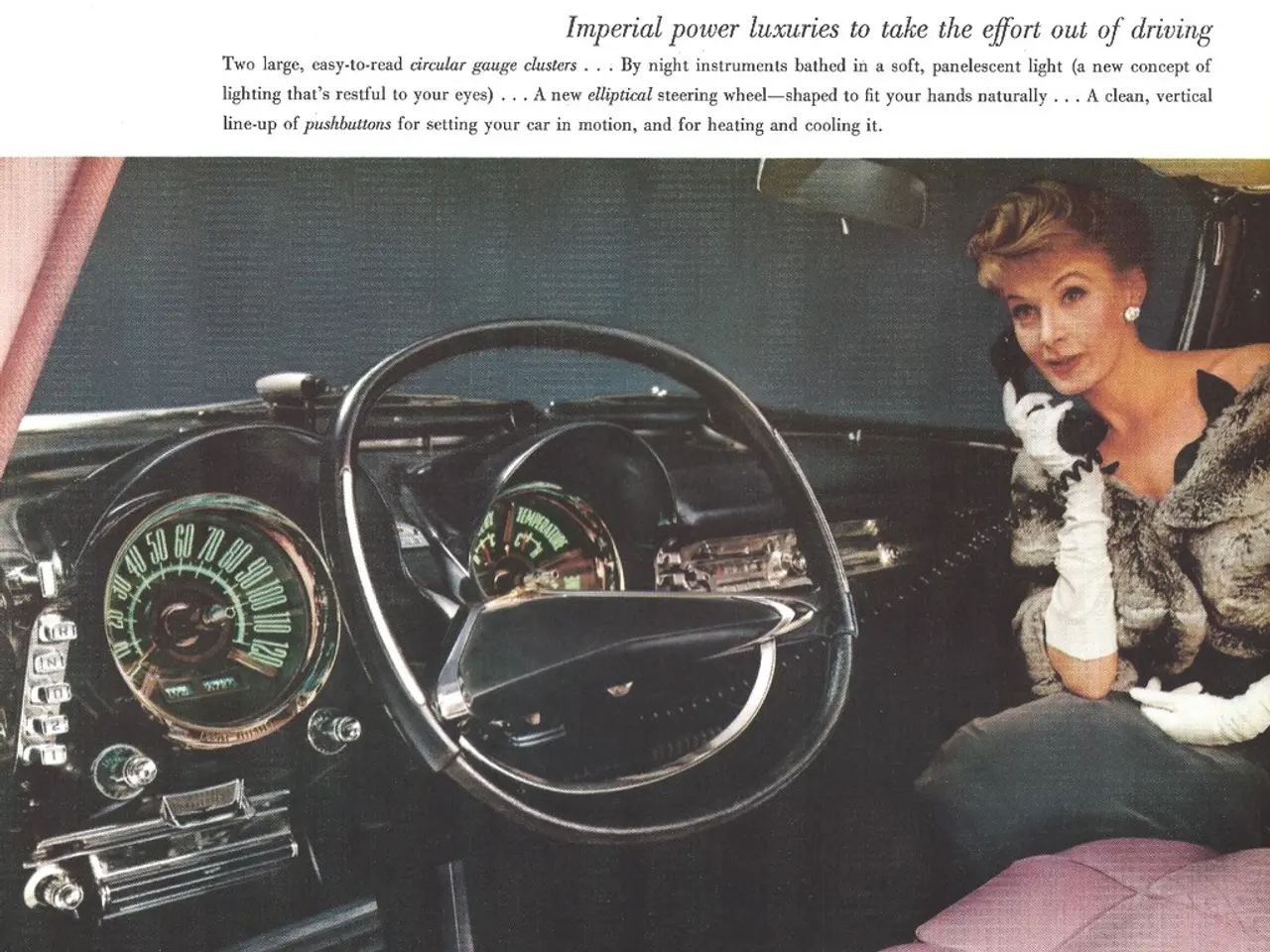Financial institutions grappling with the augmentation of CAR requirements
Vietnam's banking sector is set for a significant shake-up with the implementation of Circular No. 14/2025/TT-NHNN, effective from September 15, 2025. This regulatory change aligns the country more closely with Basel III standards, tightening capital adequacy ratio (CAR) requirements for commercial banks [1].
The new circular significantly increases the minimum Common Equity Tier 1 (CET1) ratio to 7% and the overall CAR including the capital conservation buffer (CCB) to at least 10.5% [1]. This move is aimed at promoting a safer and more stable banking system, but it poses particular challenges for state-owned banks, often referred to as the "big four." Currently, their CAR hovers around 10.5%, which is close to the new minimum but still significantly lower than regional peers [2].
Foreign-invested banks in Vietnam and regional banks in markets like Singapore and China maintain CARs near or above 25%, indicating a substantial gap in capital strength [2]. Raising CARs from around 10.5–12.5% to these higher regional or global levels within a short timeframe is considered nearly impossible due to limitations in raising fresh capital and government reluctance to dilute ownership or increase state budget allocations for these state-owned banks [2].
In the first quarter of 2025, the total charter capital of state-owned commercial banks listed on the stock exchange was VND207.47 trillion ($8.3 billion), 2.1 times higher than 10 years ago. However, the system-wide CAR was only around 12.5 per cent by the end of 2024, while credit growth remained high and supplementary capital did not keep pace [2].
To support specific lending segments, the calculation of credit risk-weighted assets under the standardised approach has adjustments in Circular 14. For instance, personal loans with outstanding balances under VND8 billion ($320,000) will see their risk weight reduced from 100% to 75%. Similarly, loans to SMEs will have their risk weight slightly reduced from 90% to 85% [1].
In addition, social housing loans will be assigned flexible risk weights ranging from 20% to 50%, depending on the specific risk level. Personal loans in the agriculture and rural sectors will be assigned a 50% risk weight instead of the previous default of 100% [1]. Notably, the default 200% risk weight for real estate lending will no longer apply automatically in Circular 14 [1].
Circular 14/2025 aims to provide a more supportive environment for banks to expand their asset scale and credit growth, while also serving as a buffer to enhance banks' ability to withstand financial risks. It will replace Circular No. 41/2016/TT-NHNN, taking effect from September 15 [1].
Despite the challenges, state-owned banks will need to innovate strategies to close the capital adequacy gap and keep pace with regional and global standards [1][2]. The new regulations are expected to lead to a more robust and resilient banking system in Vietnam, benefiting the economy as a whole.
[1] Vietnam's Circular No. 14/2025/TT-NHNN Regulates Capital Adequacy Ratio (CAR) for Commercial Banks and Foreign Bank Branches. (2025, June 30). Retrieved from https://www.nhnn.gov.vn/portal/
[2] Vietnam's State-Owned Banks Face Struggles Meeting Tightened Capital Requirements. (2025, July 1). Retrieved from https://www.vietnamnews.vn/economy/1156771/vietnams-state-owned-banks-face-struggles-meeting-tightened-capital-requirements.html
State-owned banks, referred to as the "big four," are facing challenges in meeting the increased capital adequacy ratios due to limitations in raising fresh capital and the reluctance of the government to dilute ownership [2]. Despite these challenges, the implementation of Circular No. 14/2025/TT-NHNN is expected to lead to a more robust and resilient banking system in Vietnam, benefiting the overall economy [1]. The new regulations also aim to promote business growth and finance by providing a more supportive environment for banks to expand their asset scale and credit growth [1]. In the finance and banking-and-insurance industry, this shift in Vietnam aligns the country more closely with Basel III standards [1].




